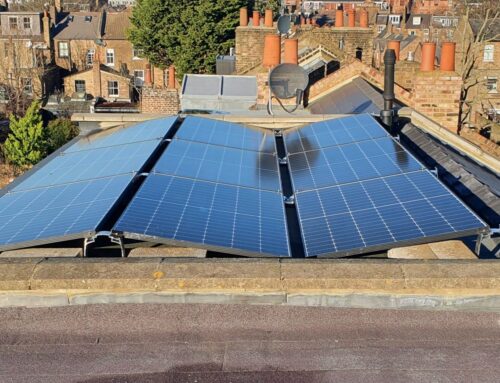How smart meters work?
Smart meters are advanced electricity and gas meters and are available at no upfront cost. They are devices that measure your electricity (and/or gas) usage in near real-time.
Using wireless communication with your energy supplier, they deliver more accurate and regular readings when compared to traditional meters. This makes sure you are billed for only the energy you use, instead of the estimated amount.
They often come with a smart energy monitor. With this addition, you can keep an eye on your energy consumption and its cost.
Smart meters requirement in the UK
Currently, as of June 2021, it is not mandatory to have a smart meter in the UK. Although choosing not to have one means losing access to some of the tariffs which are cheaper and available only to households with a smart meter.
The UK government plan is that every home will have been offered a smart meter by the end of 2024.
Types of smart meters
- First Generation Smart Meters – SMETS1 (‘Smart Metering Equipment Technical Specifications’)
These meters are no longer installed. They lose their smart functionality after switching between energy suppliers and could be incompatible with solar panels.
- Second Generation Smart Meters – SMETS2
These meters have been installed for a few years now. Thanks to a communication method different to SMETS1 all suppliers can access the data sent from a meter. It makes it easy to switch energy supplier.
An additional home display will automatically update the prices after you change your supplier.
Pros and cons of smart meters
Pros:
- Energy supplier receives your meter readings automatically
- You can monitor your energy consumption anytime
- With smart meters you can monitor your spending on energy with an in-home display that gives readings in pounds
- It gives you access to cheap tariffs available only to households with a smart meter
- You pay only for what you use – no more estimated bills
- Smart meters help utilities to better understand customers energy needs
- They are a significant contribution to creating a smart grid
Cons:
- Smart meters communicate via the mobile phone network therefore they do not work in areas with weak mobile coverage
- It does not save the energy you use directly. It can however help to monitor and wisely manage your energy consumption
- There are concerns regarding smart meter exposing the grid to cyberattacks resulting in power outages. However, some cybersecurity experts claim that smart meters have a high cybersecurity
- Smart meters raise privacy concerns. They send detailed information about your near-real-time energy consumption, exposing your personal behaviour (daily routine, activity, etc.)
What type of smart meters works with solar panels and how?
The recent Second Generation Smart Meters are fully compatible with domestic PV systems. They provide accurate readings not only on the amount of electricity that goes from the grid to your house, but also on how much electricity you export to the national grid.
Smart meter + Solar panels + Battery storage
Smart meters combined with solar system and a battery mean that you can control the discharge of your battery in order to avoid expensive peak prices.
You can also program your battery to charge with cheap overnight wind energy and then discharge during peak times at a higher rate.
Integrating your PV system with a battery and a smart meter helps your energy independence and yours and the country’s carbon footprint.
Smart Export Guarantee
Under the Smart Export Guarantee (SEG) scheme, all UK electricity suppliers with more than 150,000 customers have to to offer an export tariff to households. Smaller suppliers may choose whether they want to offer an export tariff or not. SEG makes it possible for households to sell excess electricity generated by their solar panels to the grid. However, tariffs vary between suppliers.
To benefit from SEG you need a meter able to provide half-hourly readings. An example of this is the smart meter (SMETS2) that can measure exported electricity and send to your supplier half-hourly readings making it possible to pay you accurately for what you export.

Example of a domestic PV system energy distribution (Growatt monitoring)




